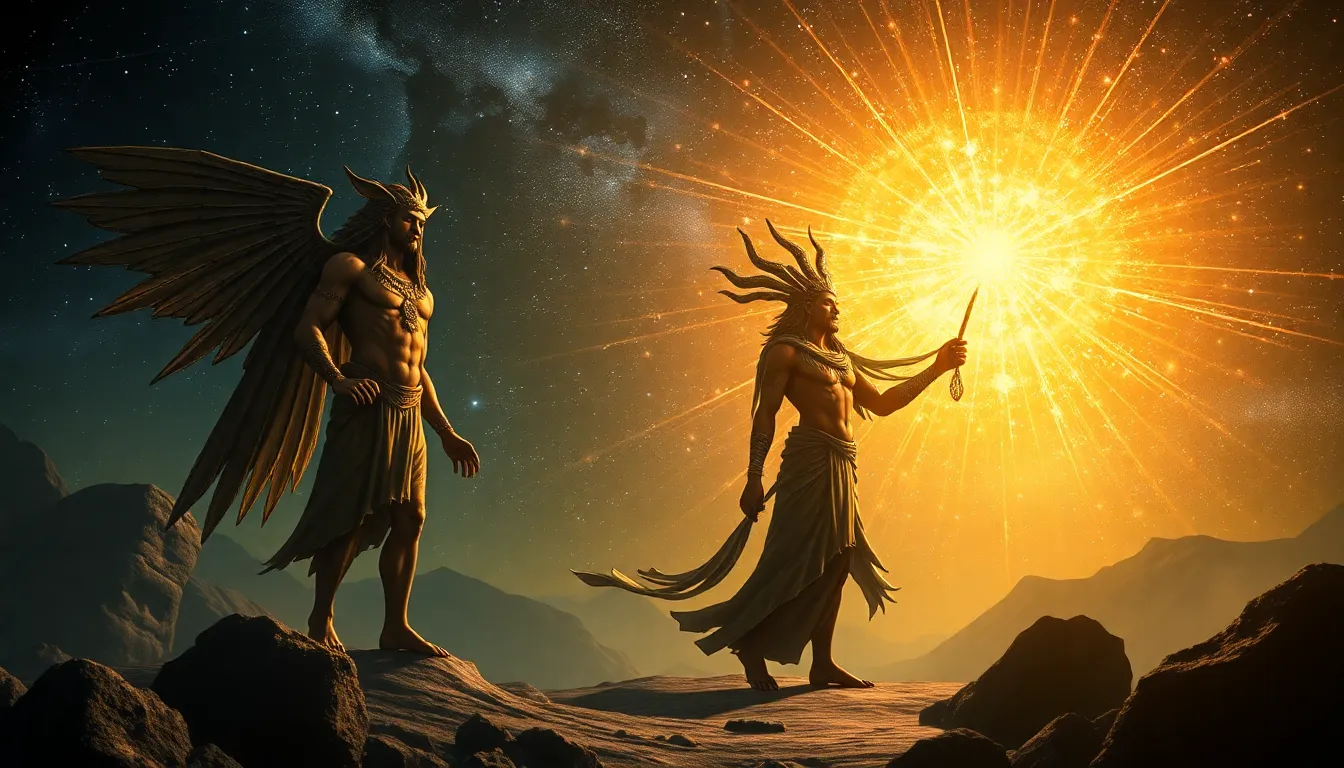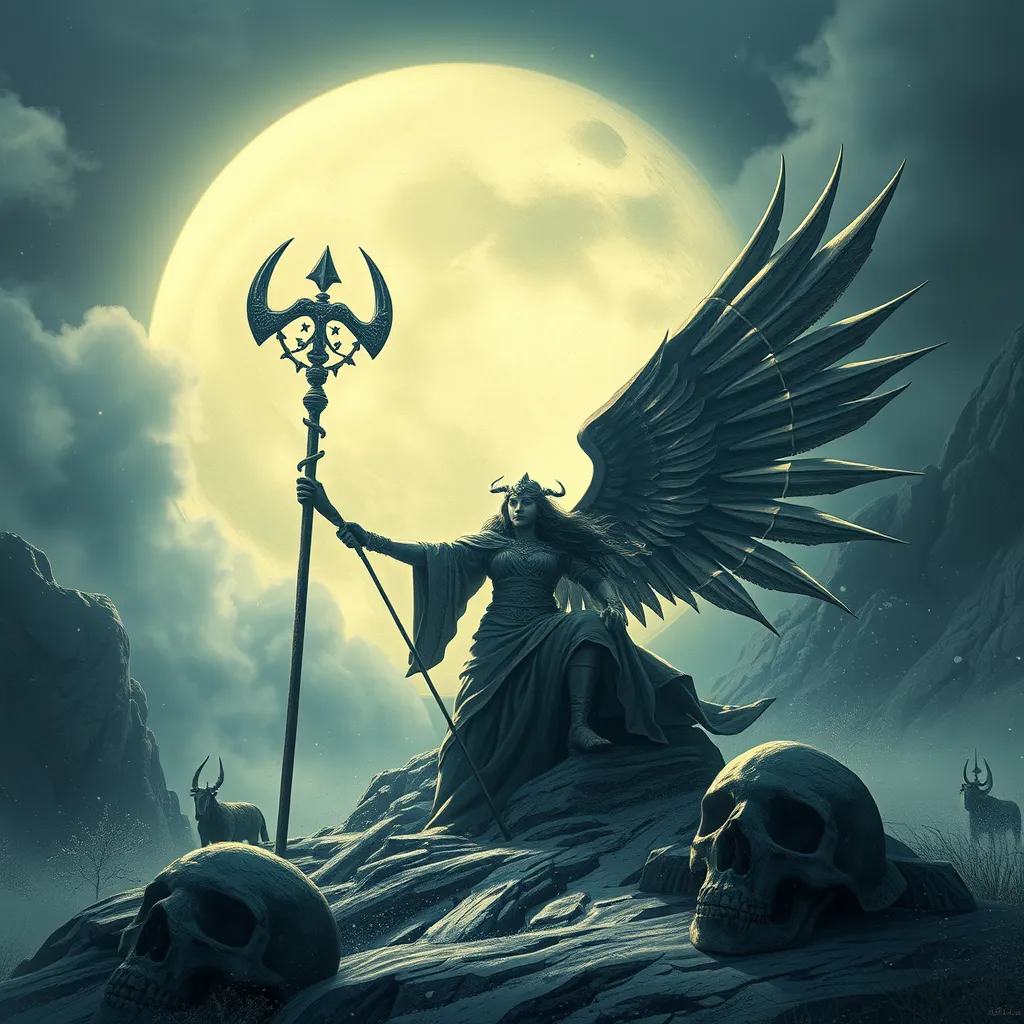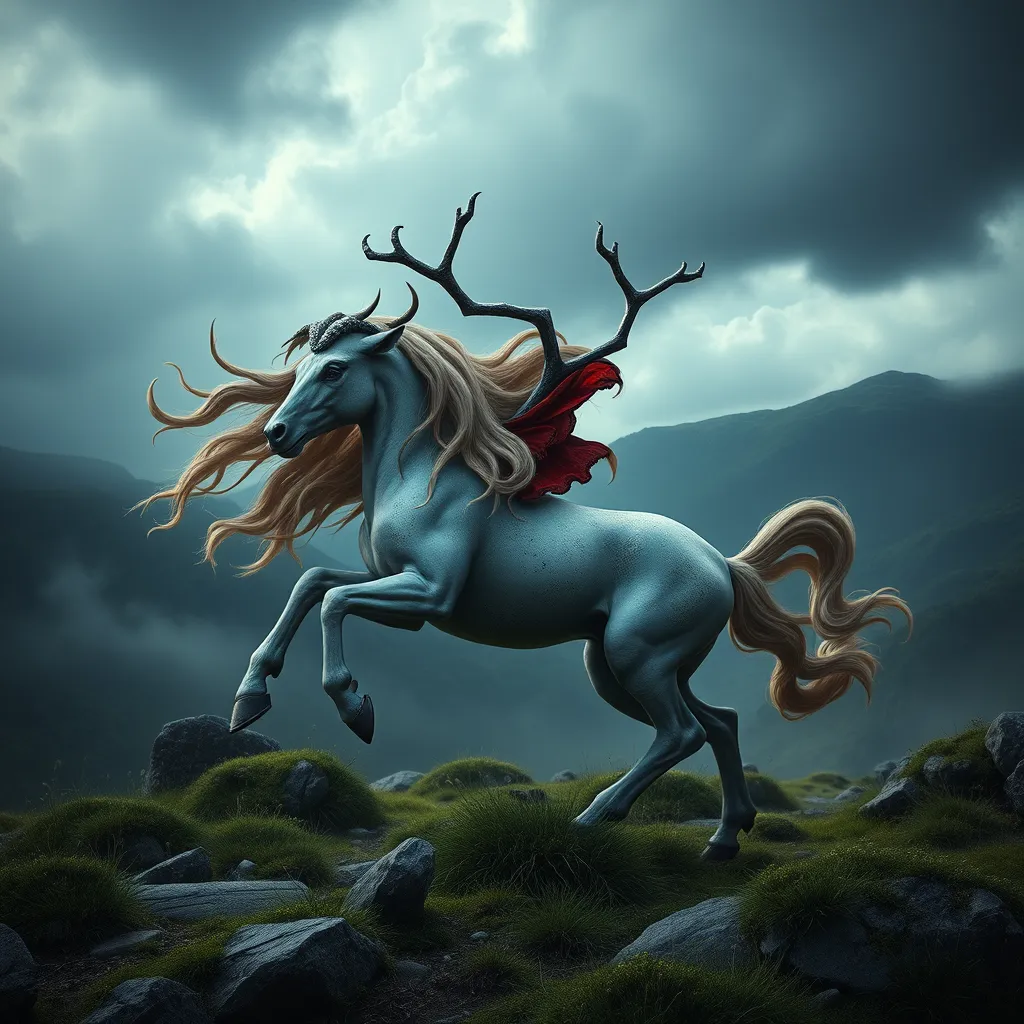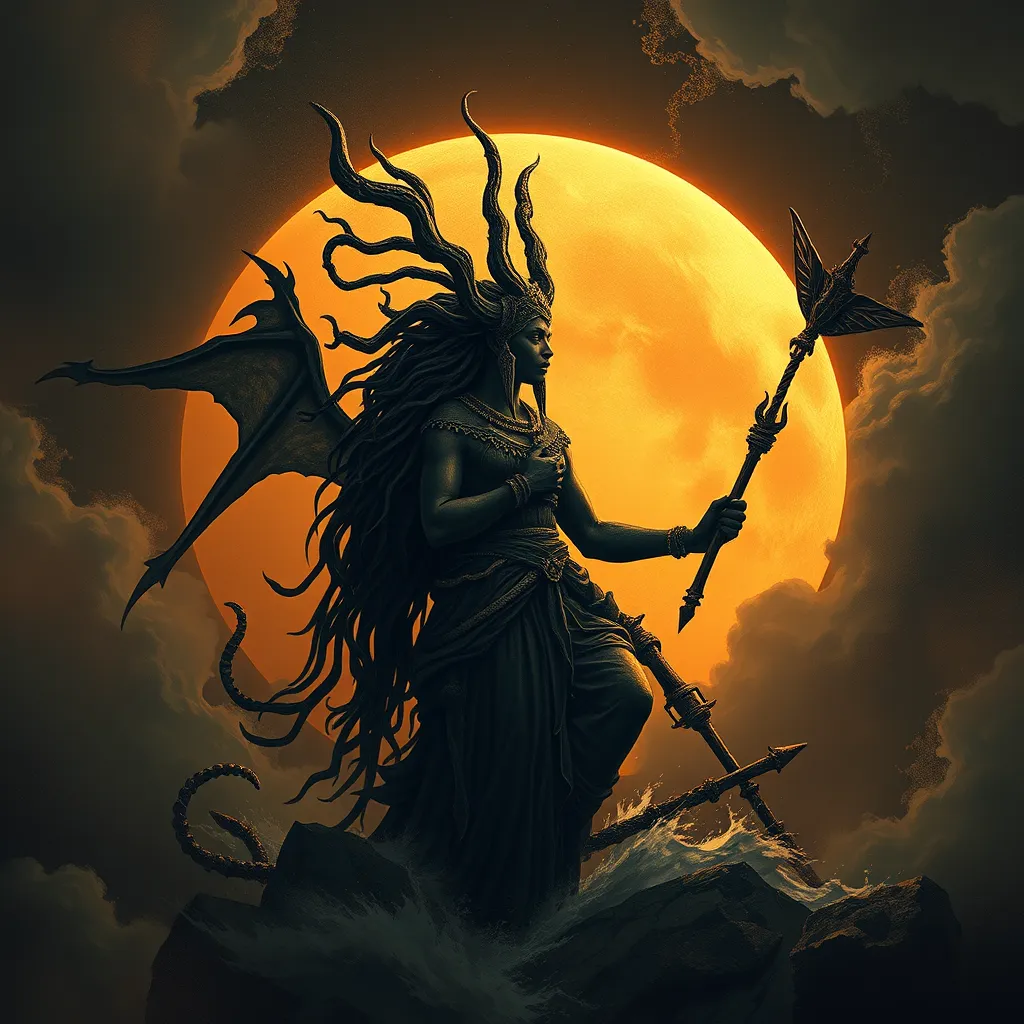The Astral Realm in Ancient Mesopotamia: Deities of the Night and Stars
I. Introduction
Ancient Mesopotamia, often referred to as the cradle of civilization, was a region rich in cultural and religious diversity. The belief systems of the Sumerians, Akkadians, Babylonians, and Assyrians were intricately woven with mythology, spirituality, and their understanding of the cosmos. Among the many aspects of their belief systems, the astral realm held a significant place, influencing daily life and religious practices.
The astral realm encompassed the night sky, celestial bodies, and the deities associated with them. Stars, planets, and constellations were not mere points of light but were believed to hold divine significance and power. This article aims to explore the deities associated with the night and stars in ancient Mesopotamian culture, examining their roles, attributes, and the profound impact they had on society.
II. The Concept of the Astral Realm
In ancient Mesopotamian cosmology, the astral realm was defined as the domain of celestial bodies, including stars, planets, and other heavenly phenomena. It was seen as a reflection of the divine order and a place where gods resided, influencing earthly matters.
The significance of celestial bodies in Mesopotamian life was immense. They were used to determine the timing of agricultural activities, religious festivals, and even political decisions. The relationship between the earthly and astral realms was viewed as symbiotic; the movements of the stars and planets were believed to directly affect human affairs.
III. Major Deities of the Night
A. Lilith: The Night Demon
Lilith is one of the most intriguing figures in Mesopotamian mythology. Often referred to as the night demon, her origins can be traced to earlier Sumerian myths. Lilith is associated with darkness, chaos, and the untamed aspects of femininity.
- Origins and attributes: Lilith is commonly depicted as a winged figure, embodying both beauty and danger. Her character is often linked to the night, symbolizing fear and the unknown.
- Role in mythology and folklore: In various legends, Lilith is portrayed as a seductress who preys on men in their sleep, representing the fears and anxieties related to feminine power and sexuality.
B. Ishtar: Goddess of Love and War
Ishtar, one of the most prominent deities in the Mesopotamian pantheon, is known as the goddess of love and war. She is intricately connected to the evening star, which is identified as Venus.
- Connection to the evening star: Ishtar’s association with Venus symbolizes both beauty and conflict. As the evening star, she represents the duality of love and war, embodying the complexities of human emotions.
- Duality of her nature: Ishtar’s character reflects the balance between creation and destruction. She is revered for her nurturing aspects, yet feared for her capacity for wrath and vengeance.
IV. Star Deities and Their Influence
A. Anu: The Sky God
Anu is a central figure in the Mesopotamian pantheon, known as the god of the sky and the father of the gods. His role in the celestial hierarchy is paramount.
- Overview of his role in the pantheon: Anu is often depicted as the ruler of the heavens, overseeing the cosmic order and maintaining the balance between the earthly and divine realms.
- Influence on celestial order and governance: As a deity of the sky, Anu was believed to govern the stars and planets, influencing their movements and the fate of humanity.
B. Nabu: God of Wisdom and Writing
Nabu is another significant deity associated with the stars, known as the god of wisdom, writing, and prophecy. His influence extends to astrology and astronomy.
- Role in astrology and astronomy: Nabu was revered as the patron of scribes and scholars. His knowledge encompassed celestial phenomena, and he was often invoked for guidance in understanding the stars.
- Importance of stars in prophecy and divination: Nabu’s insights were crucial for interpreting celestial events, making him a vital figure in the practice of astrology within Mesopotamian society.
V. The Role of Astrology in Mesopotamian Society
Astrology played a fundamental role in the daily lives of the Mesopotamians. It was not merely a practice of divination but a way to align human activities with the cosmic rhythms.
- The practice of astrology in daily life: Astrologers, often priests, would interpret celestial movements to provide guidance on various aspects of life, from personal affairs to state matters.
- Influence of celestial events on agriculture and politics: Agricultural activities were closely tied to lunar and solar cycles, while political decisions often depended on astrological interpretations.
- The priests’ role as intermediaries: Priests served as intermediaries between the gods and the people, using their knowledge of the stars to communicate divine will and ensure societal harmony.
VI. Mythological Stories Relating to the Stars
The rich tapestry of Mesopotamian mythology includes numerous stories relating to celestial bodies. These narratives often reflect the cultural values and beliefs of the people.
- Creation myths involving celestial bodies: Many creation myths highlight the interplay between gods and the stars, illustrating how celestial phenomena shaped the world.
- Tales of heroism and conflict among the deities of the night: Stories of Ishtar and her battles, or the conflicts between Anu and other gods, underscore the dynamic relationships within the astral realm.
- Symbolism of stars in Mesopotamian narratives: Stars often symbolize guidance, destiny, and the divine order, reinforcing the belief in a universe governed by powerful cosmic forces.
VII. The Astral Realm’s Legacy in Modern Culture
The influence of Mesopotamian star deities extends beyond ancient times, leaving an indelible mark on modern culture. Their stories and attributes have permeated various aspects of contemporary mythology and art.
- Influence of Mesopotamian star deities on contemporary mythology: Elements of these ancient beliefs can be seen in modern interpretations of mythology, often reimagined in literature and popular culture.
- Reinterpretations in modern literature and art: Authors and artists draw inspiration from Mesopotamian deities, exploring themes of love, war, and the cosmic order in new narratives.
- Continued fascination with the night sky: The allure of the night sky and its celestial bodies continues to captivate humanity, echoing the ancient reverence for the astral realm.
VIII. Conclusion
The astral realm in Ancient Mesopotamia was not just a collection of stars and planets; it was a vital part of their belief system and cultural identity. The deities associated with the night and stars played crucial roles in shaping their understanding of the universe and their place within it.
Today, the legacy of these deities continues to influence our perception of the night sky and its mysteries. As we look up at the stars, we can appreciate the intricate connections between the ancient and modern worlds, inviting further exploration of the celestial narratives that have shaped human history.




